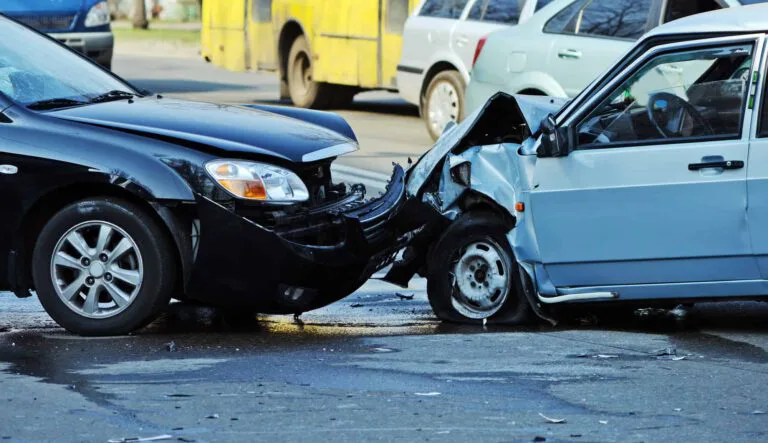
What to do After a Car Accident
Bam! You just got into a car accident. Your car is damaged and your world might be spinning. Question: What do you do next? What do you do after a car accident? Many people like you are unsure how to handle the paperwork or the circumstances of a car accident. In 2017,...
What to do After a Car Accident Continue reading…
